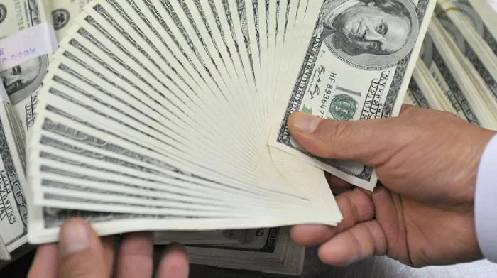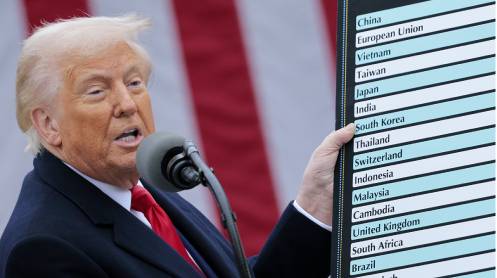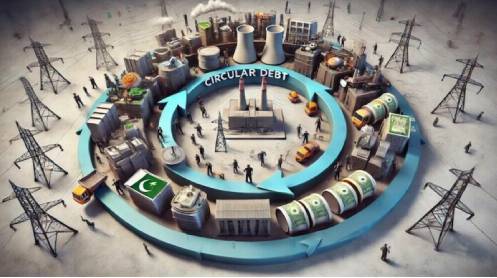KARACHI: Pakistan’s energy sector could save more than $8 billion over the next decade by adopting more efficient and cleaner power generation strategies, a study released on Tuesday said.
The study, conducted by the Policy Research Institute for Equitable Development (PRIED) and the Renewables First, a consultancy firm, analysed the government’s Indicative Generation Capacity Expansion Plan (IGCEP) 2022-31 and proposed alternative scenarios based on renewable energy sources.
It found that Pakistan could increase the share of wind and solar power in its energy mix to 47 percent by 2031, compared to the 30 percent projected by the IGCEP, by replacing fossil fuel and hydropower projects with cheaper and greener options.
This would not only reduce the country’s dependence on costly fuel imports, but also lower its greenhouse gas emissions and circular debt, which has plagued the power sector for years due to inefficiencies and subsidies.
“Our findings and projections are different from those made in IGCEP 2022-31 because we have used more realistic assumptions and data on wind and solar technologies, which the government has not fully disclosed or considered,” Ammar Qaseem, a researcher at Renewables First, said.
He said that Pakistan could potentially save $8.6 billion in the next 10 years by cancelling or delaying some of the “committed projects” that use coal, gas or large dams, and replacing them with wind and solar plants that have lower capital and operational costs.
The study also suggested that Pakistan could reduce its variable electricity costs by more than 10 percent and its emissions by some 50 percent in 2030 by adopting more renewable energy than planned by the government.
The study was presented at a multi-stakeholder dialogue organised by PRIED, where other research organisations such as the Sustainable Development Policy Institute (SDPI), Agora Energiewende and LUMS Energy Institute also shared their critiques and recommendations on the IGCEP.





